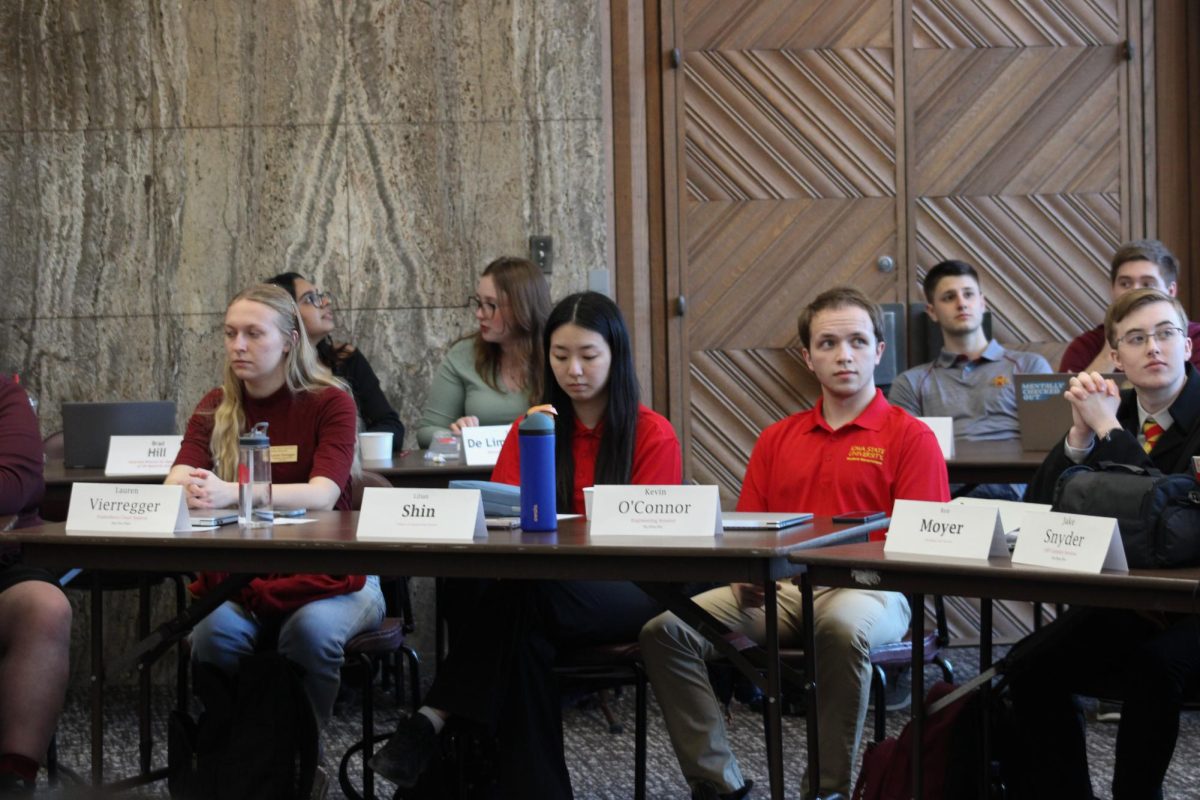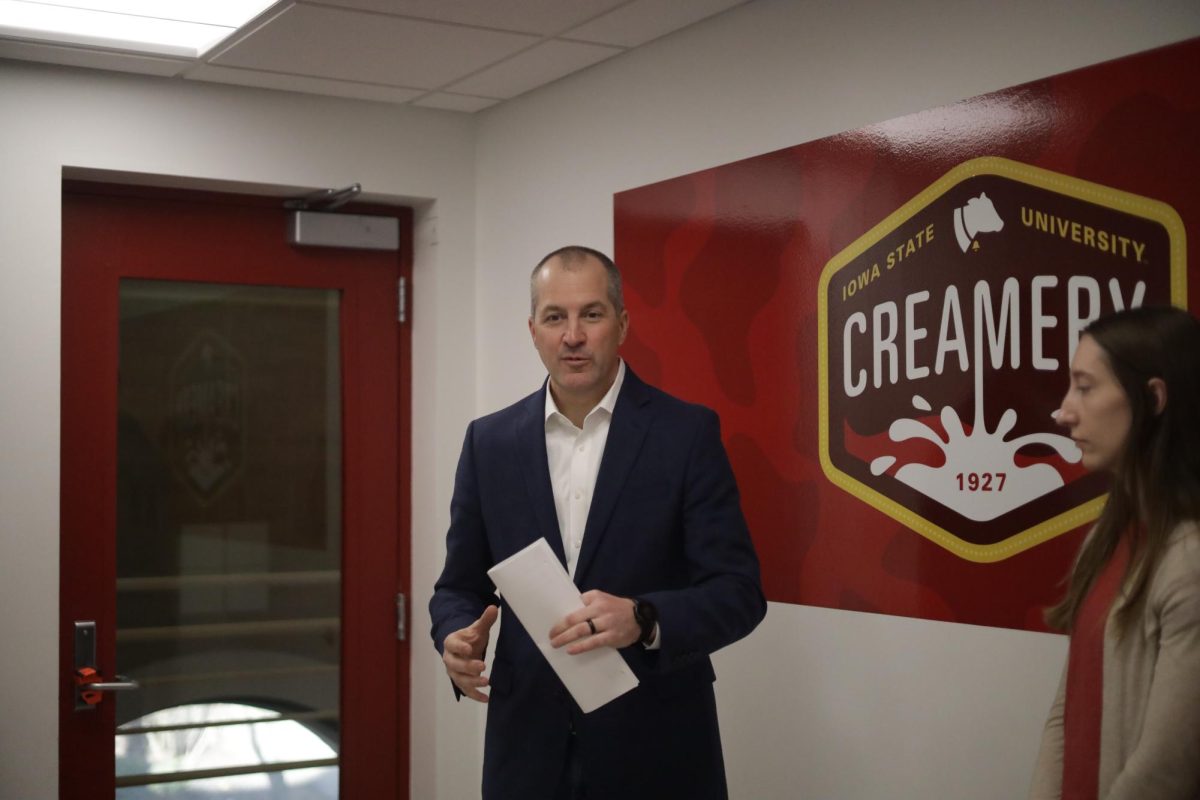Special census misses its goal
November 14, 1995
City officials announced Monday morning that the special census designed to show the Ames population is more than 50,000 has fallen short of its goal.
According to preliminary information from the United States Census Bureau, special census workers counted only 48,653 residents. The 50,000 mark is the cutoff number for many federal funds and grants, especially those allotted for affordable housing.
“I think the opportunity to have 50,000 was a realistic one,” Ames Mayor Larry Curtis said at a news conference. “If we had been successful, the immediate payback would have been the eligibility of direct grants in the HUD programs.”
Curtis said the city is experiencing budget problems trying to meet the administrative costs of providing low-income housing.
“We’re going to have to find sources of funds to make up for those differences,” Curtis said. “Where those funds are going to come from in the future, is going to be an extremely difficult task for us.”
The special census results, Curtis said, were upsetting.
“It’s obviously very disappointing, and I think we have to move on and be creative as we have done in the past,” he said. “I feel very confident that we can deal with the issues … in the housing area.”
The regular 1990 census indicated that the average Ames household size was at 2.36 people. That number dropped to 2.29, according to the special census. Approximately 1,100 housing units were constructed during this period.
The results of the special census, which cost the city $155,000, did show that an increase of 1,455 people since 1990. The increase means Ames will reap $95,000 per year in increased Road Use Tax revenues for the rest of the decade, starting with the 1997 fiscal year.
The Census Bureau’s final count will not be released until at least February of 1996, but city officials feel it will not be significantly higher than the preliminary results.






